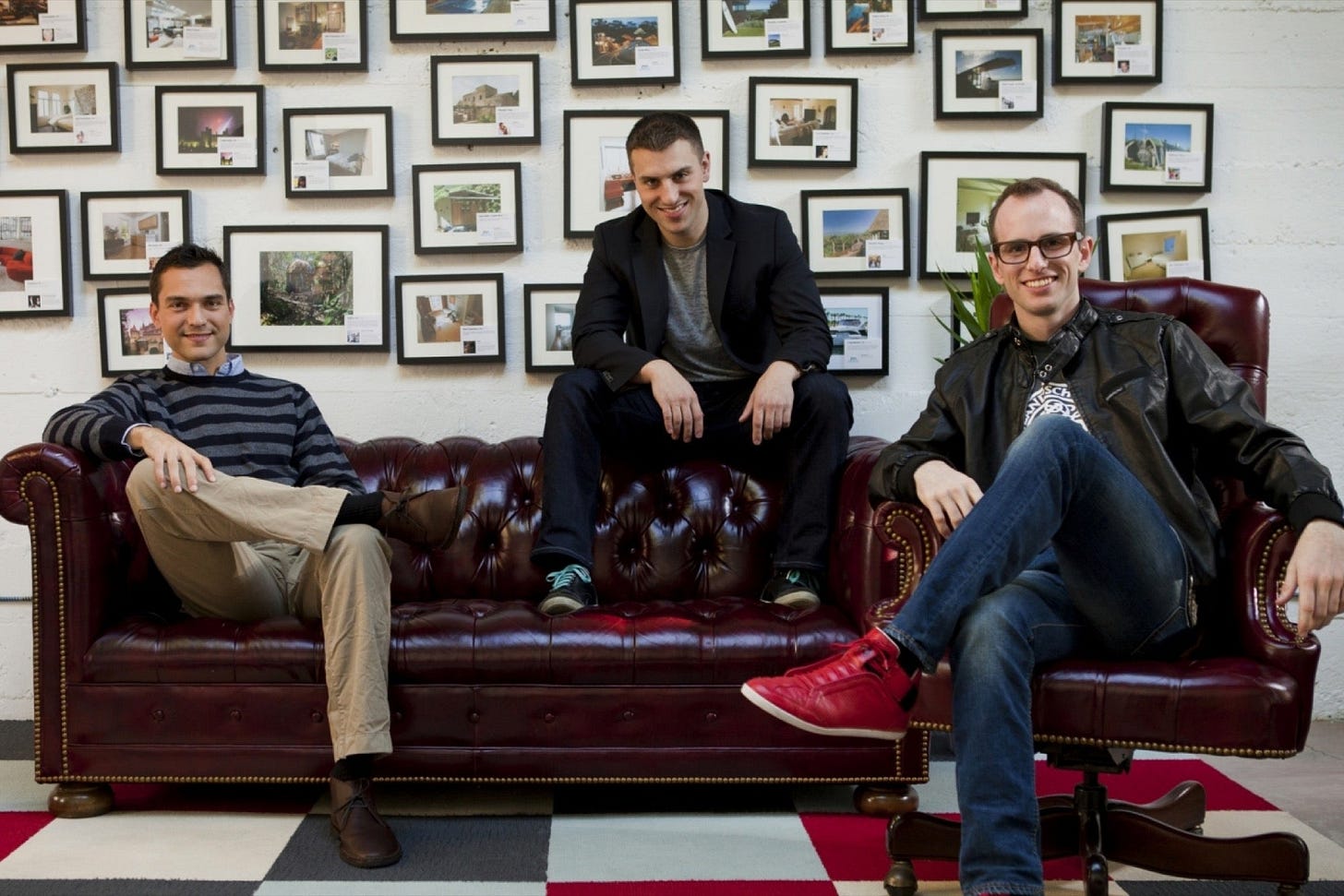
Startups are young or new companies that stand out due to their innovative approaches (such as products, technologies, software, etc.) and their goal of dynamic growth, distinguishing them from traditional new businesses. According to this definition, an average of 450 startups were founded in Switzerland between 2009 and 2018 (BAK Economics, 2021). However, this compares to over 40,000 new companies that do not count as startups. Companies are considered startups if they meet the following criteria:
1. Science- and technology-based approach
2. Focus on innovation
3. Scalable business model
4. Ambitious growth plans
5. International markets
6. Profit-oriented investors.
In particular, the commitment to innovation inevitably leads us to the analysis of ambidexterity. As this concept is not entirely obvious at first glance, we will try to illustrate it using the example of jazz. But one thing at a time...
Ambidexterity
In innovation management, ambidexterity refers to an organization's ability to simultaneously explore new opportunities (exploration) and exploit existing capabilities (exploitation). This dual capability allows companies to innovate while maintaining operational efficiency. Exploration involves experimentation, risk-taking, and embracing new ideas, fostering radical innovations. Exploitation focuses on refining and enhancing current products, processes, and efficiencies, promoting incremental innovations. Balancing these aspects is crucial for sustainable growth, as it enables a firm to adapt to changing environments and stay competitive by leveraging both current strengths and future possibilities (O’Reilly & Tushman, 2004).
Why Jazz as a reference concept?
In essence, both jazz and innovation management are about the systematic planning and control of complex processes based on the division of labour while preserving creative potential AND maintaining a common understanding of form and rhythm: how can something new be "created" in a balanced way between exploration and exploitation, in a systematic, organized form, without curtailing creativity and losing the "joy of playing" while still earning money in day-to-day business or delivering aurally pleasing chord sequences and rhythms? Too much structure leads to "Dixieland jazz" = boring and not capable of development. Too much creativity leads to "free jazz" = free improvisation that is only suitable for very few, trained ears.
Henderson & Clark (1990) provide a concept that differentiates the various types of innovation strategies according to their scope of change within the components as well as the concept. This results in four forms of innovation. The different styles of jazz can now be assigned to these four types.
StudioAlpha Partner’s Experience
At least two StudioAlpha partners have been involved in these music genres for decades and can share this experience with the founding teams.
Andrej started with a classical music training for many years before discovering that there is a world beyond written music as a teenager. In classical music, it counts when you play music as it is written. My father that has no musical education at all always asked me whether I play by notes or not. When starting with Jazz he realized how much there is beyond reproducing something someone has thought out. And also that there were even more structure and concepts than in classical music. He dived into both theory and playing and never looked back :-) Occasionally, as a software artist, he sees a lot of parallels between modern way of building software and Jazz. It requires a high level of skill, a lot of listening and joint creativity. Andrej still plays saxophone and Piano in different jazz bands since. Recordings such as "Sounds Sessions 6", "Joystick" and "Touch" were released during this time.

Andy was dragged to the Willisau Jazz Festival by his dad, since he was seven. This early exposure to improvisational music and interpretive dance led him to enroll in the jazz pre-course at St. Gallen in the late '80s. During his time at the University of St. Gallen, he played in the HSG Big Band and co-founded the Jazzonomicals. He also played double bass in the Sven Häfliger Trio, resulting in the project CD "Under My Skin." Later, the Jazzonomicals released "As Good As It Gets" and "Jazz Do It." In 2011, by sheer luck, the Jistonians formed in Gregor Lehner’s practice room in a stable, creating the CDs "JIST feat. Nathalie Maerten", "JIST feat. Miriam Sutter" and finally “JIST feat. Angie”. Thankfully, the musical journey is far from over.

Your Take-away
If you are more confused than guided by these perhaps rather theoretical explanations, we have attached a video in which Carl Stormer talks about innovation, presence, art, jazz, interaction quality, overcoming adversity, transparency and life. He also plays jazz live on stage with Adam Burnbaum (piano) and Doug Weiss (bass).
Thanks
Andy LinkedIn | Insta | Twitter
Pic: StudioAlpha
StudioAlpha blog is a reader-supported publication. To receive new posts and support our work, consider becoming a free or paid subscriber.








